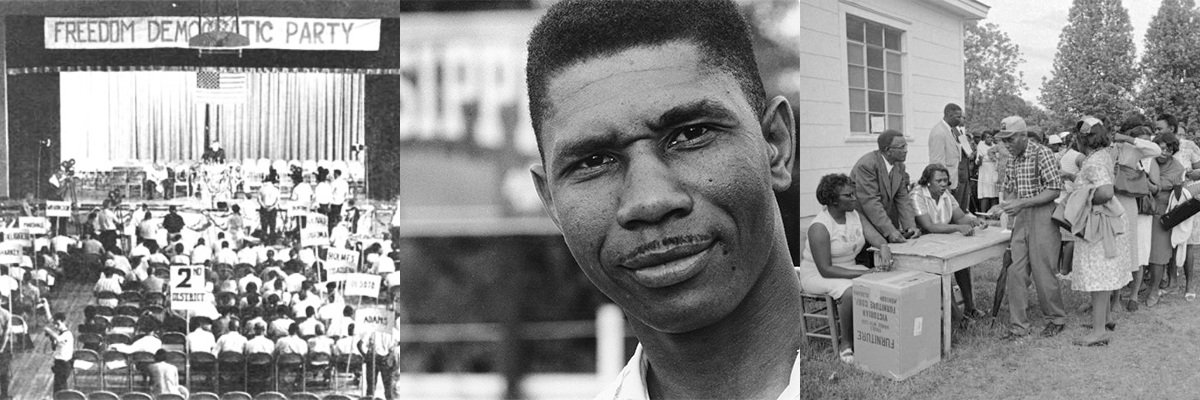
Key Dates in Voting Rights History
Timeline by Emilye Crosby
This timeline of key dates in the struggle for voting rights is provided as background information for “A Documents-Based Lesson on the Voting Rights Act: A Case Study of SNCC’s work in Lowndes County and the Emergence of Black Power” by Emilye Crosby.

The 1965 Mississippi Congressional Challenge
Reading
On January 4, 1965, the Mississippi Freedom Democratic Party (MFDP) challenged the seating of representatives from Mississippi at the convening of the 89th Congress.

Colia Liddell Lafayette Clark
Reading
Colia L. Clark, a committed Pan Africanist, has spent a lifetime in activist work in the areas of civil rights, human rights, womens rights, workers rights and rights for the homeless and youth.
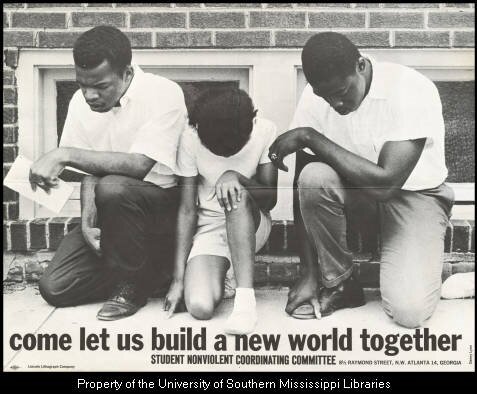
The Selma Voting Rights Struggle: 15 Key Points from Bottom-Up History and Why It Matters Today
Reading by Emilye Crosby
Today, issues of racial equity and voting rights are front and center in the lives of young people. There is much they can learn from an accurate telling of the Selma (Dallas County) voting rights campaign and the larger Civil Rights Movement.

Bloody Selma
Reading by Prathia Hall
This essay about organizing in Selma is excerpted, with permission, from Hands on the Freedom Plow: Personal Accounts by Women in SNCC.
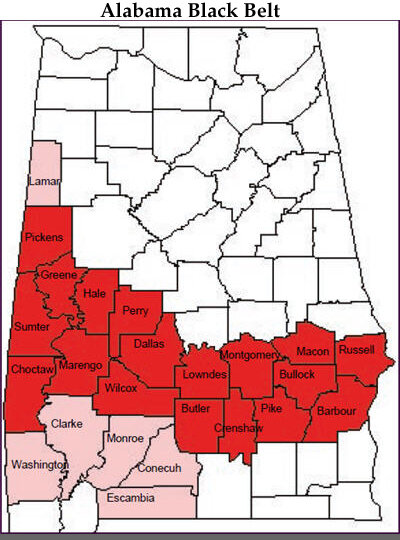
The Alabama Project
Reading by CRMVet.org
In September 1963, when four young girls were killed in the Birmingham bombing of the 16th Street Baptist church, Diane Nash Bevel and her husband James Bevel drew up a "Proposal For Action in Montgomery" — a plan for a massive direct action assault on denial of voting rights.
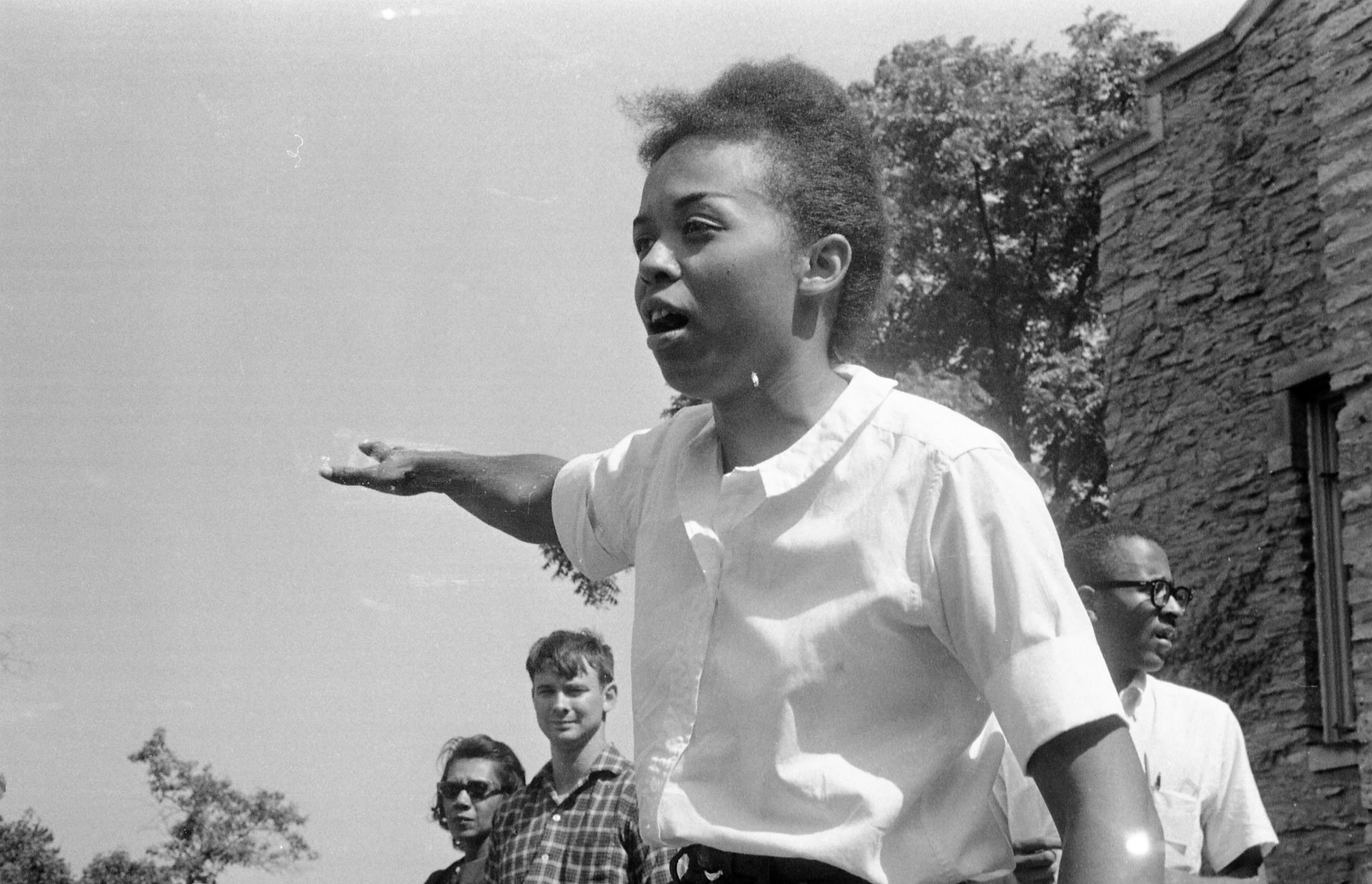
Freedom Fighter: The Life and Legacy of Ms. Dorie Ladner
Interview by Maestra Productions
Dorie Ladner was a passionate civil rights activist and leader in the Student Nonviolent Coordinating Committee (SNCC) from Hattiesburg, Mississippi. This interview about her life was conducted in 2017 by Maestra Productions in collaboration with Bowie State University Department of Fine and Performing Arts and Teaching for Change.
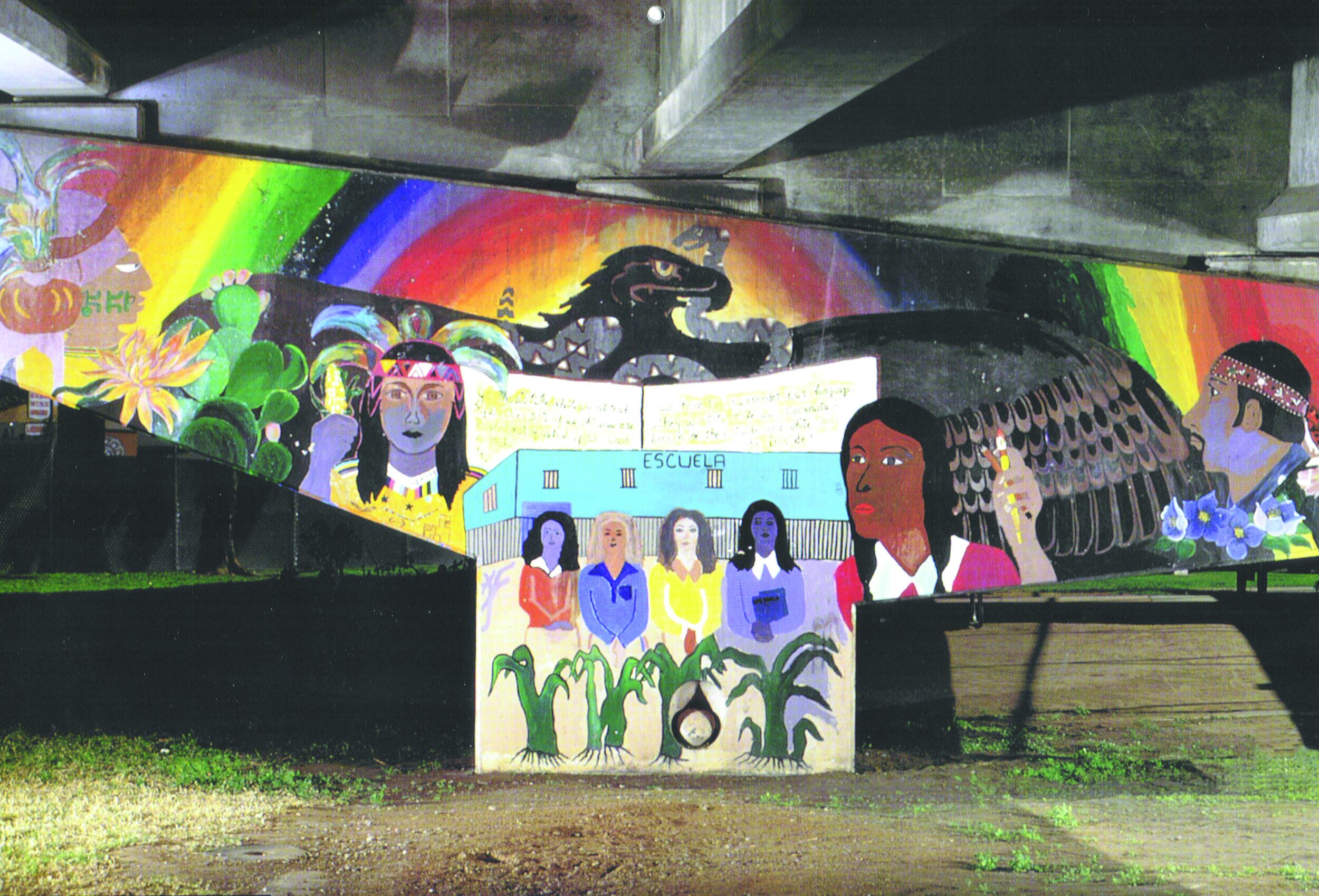
Murals: Redefining Culture, Reclaiming Identity
Reading by Eva Sperling Cockcroft and Holly Barnet-Sanchez
A powerful essay on the connections among art, identity, and activism excerpted from the introduction to Signs from the Heart: California Chicano Murals.
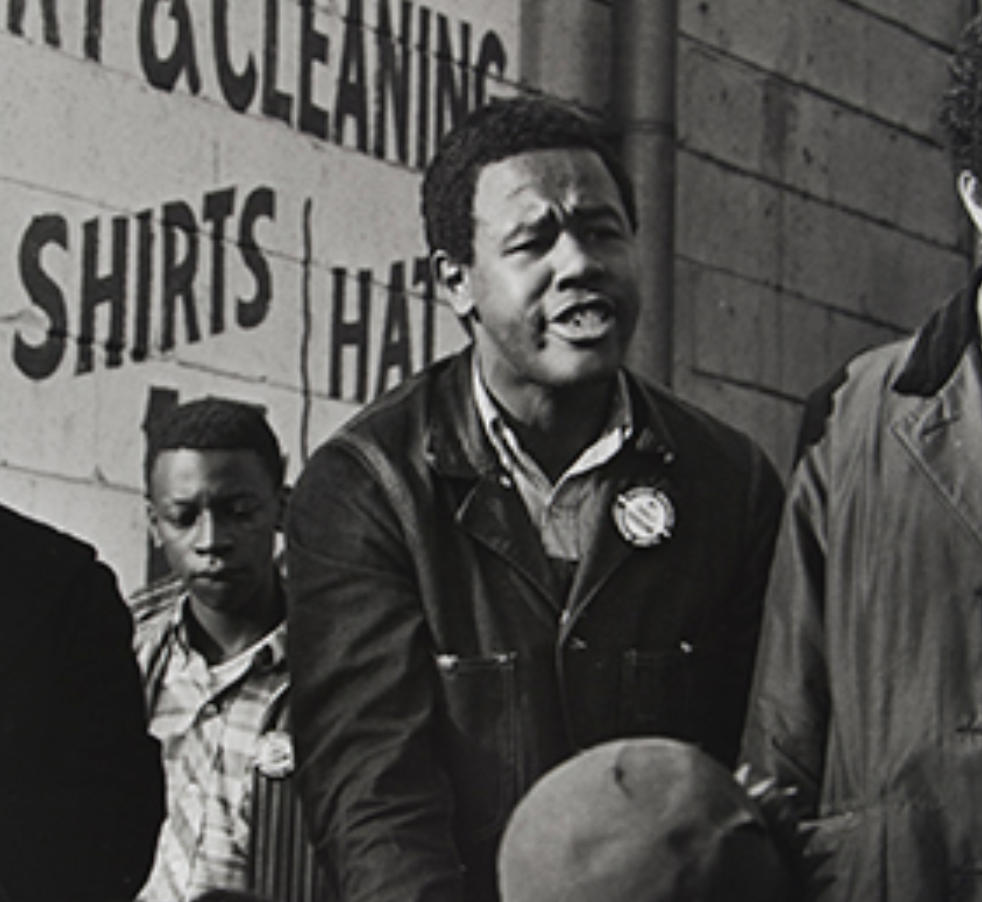
From Civil Rights to Black Power: The Significance of the 1965-66 Alabama Freedom Movement
Reading by Abayomi Azikiwe
The application of independent politics transformed the African American struggle in Selma, Alabama.
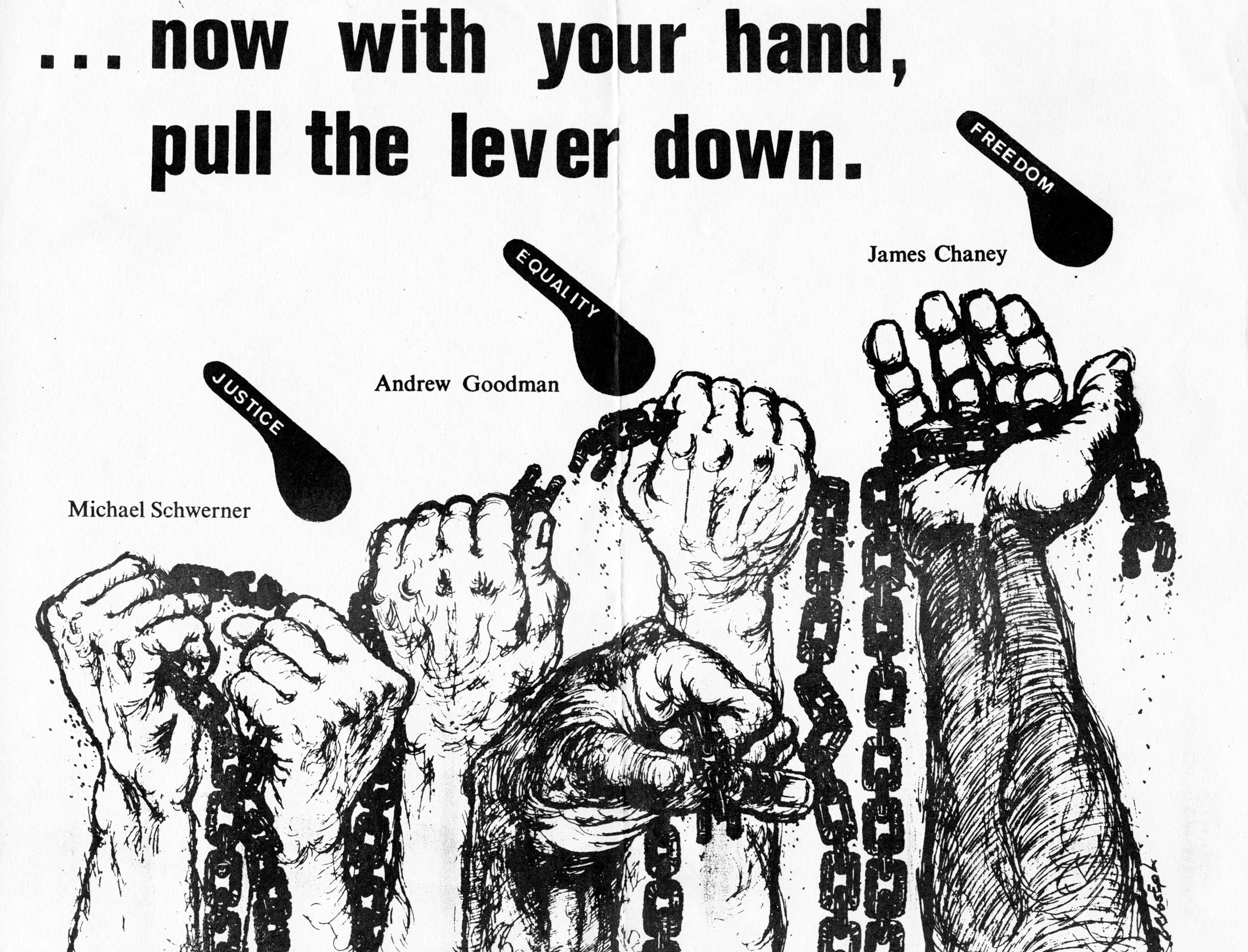
A Short History of Voting Rights in Mississippi
Reading by Elizabeth Boyd
From Mississippi Statehood in 1817 to 1960.

Freedom’s Main Line: Louisville, Kentucky 1870-1871
Reading by Maria Fleming
An 1870 protest against transportation segregation in Louisville, KY.
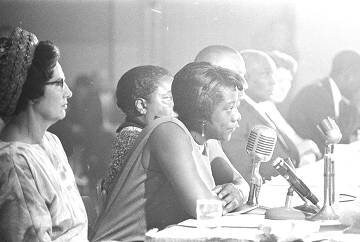
Blackwell v. Issaquena Board of Education
Reading by Dawn Keene
A civil rights suit filed on behalf of 300 African-American students from several schools across Issaquena County in Mississippi.

Dramatization of the Bus Boycott for First and Second Grade
Lesson by Maggie Donovan
View a video and written procedure for young students to role play the Montgomery Bus Boycott.
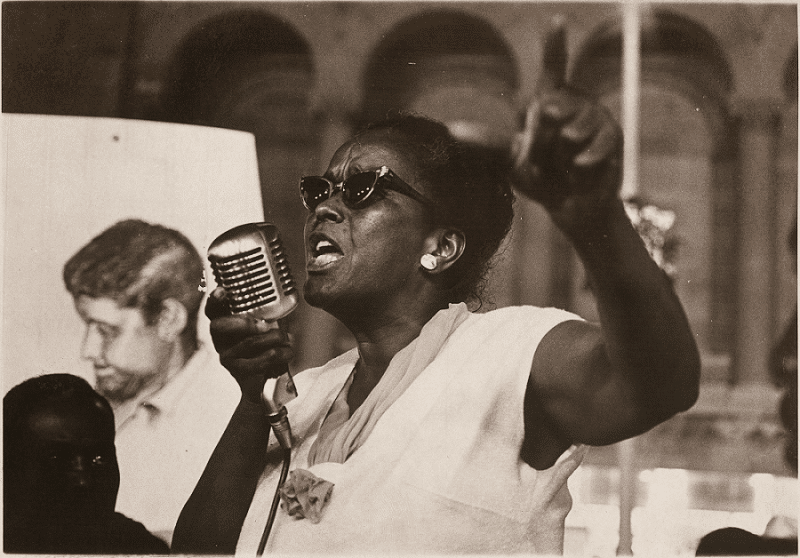
Bigger than a Hamburger
Lesson by Maggie Donovan
An activity for young students to understand and visualize the various goals of lunch counter sit-ins inspired by Ella Baker's words, "current demonstrations are concerned with something much bigger than a hamburger."

McComb Students Take Civil Rights Movement History Tour
Teaching Reflection by Teaching for Change
Mississippi students go on a Civil Rights Movement tour.
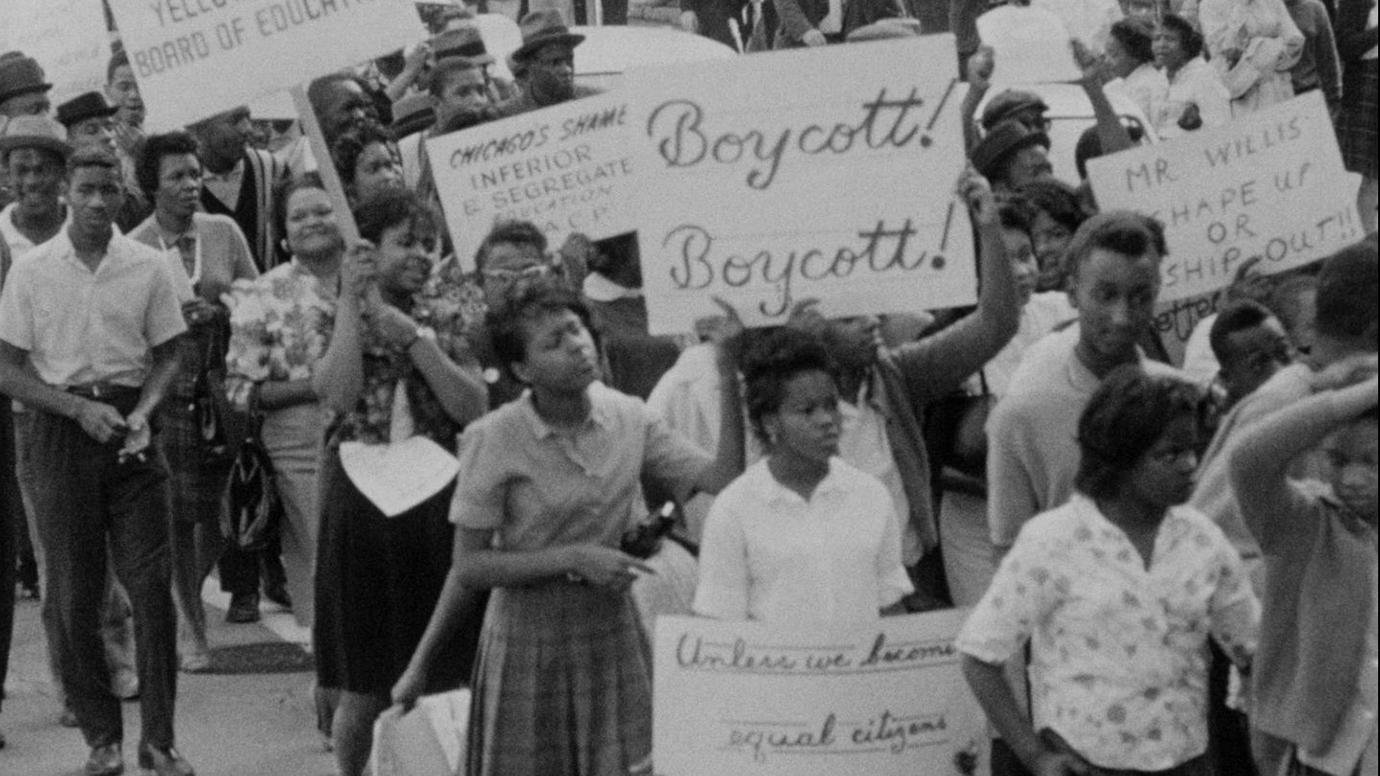
Key Events in 1963 History
Reading by Julian Hipkins III and Deborah Menkart
The year 1963 was pivotal to the modern Civil Rights Movement. To support teaching about 1963 events, we describe here some of the key events and milestones in the Movement. Where possible we list recommended books, primary documents, film, and articles for learning more.

The Borning Struggle: An Interview with Bernice Johnson Reagon
Interview of Bernice Johnson Reagon by Dick Cluster
Through the story of the growth of the Civil Rights Movement in one town, Albany, Georgia, students get an insider's perspective on how and why people got involved in the Movement, collaboration and tension between groups, the integral role of music as a unifying and strengthening force, and the impact the Movement had on the town and its people.
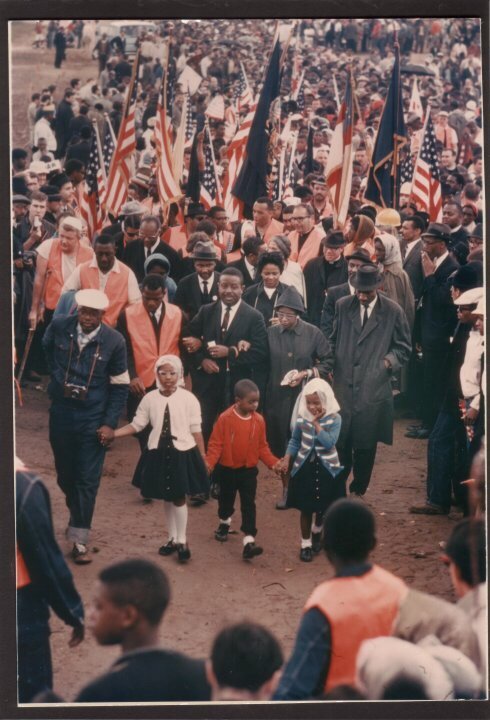
From Snarling Dogs to Bloody Sunday: Teaching Past the Platitudes of the Civil Rights Movement
Teaching Reflection by Katie Lyman
Reflection on teaching young children about the Civil Rights Movement.

Each School Had a Graveyard: Native American Boarding Schools
Lesson by Deborah Menkart
Native American boarding schools were part of a U.S. federal government strategy to dominate and assimilate Indigenous Peoples. In this lesson, students examine primary text and visual sources to gain an understanding of the ways in which theories of race and assimilation affected education policies in the past.
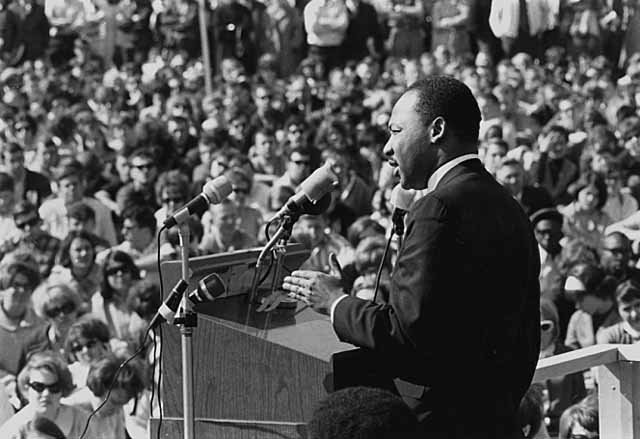
Freedom Camp: A Teach-in on the Martin Luther King Jr. Holiday
Teaching Reflection by Katie Kissinger
How one group of educators plans a day of activities for children five and older to learn about the people, events, and songs of the Civil Rights Movement.
